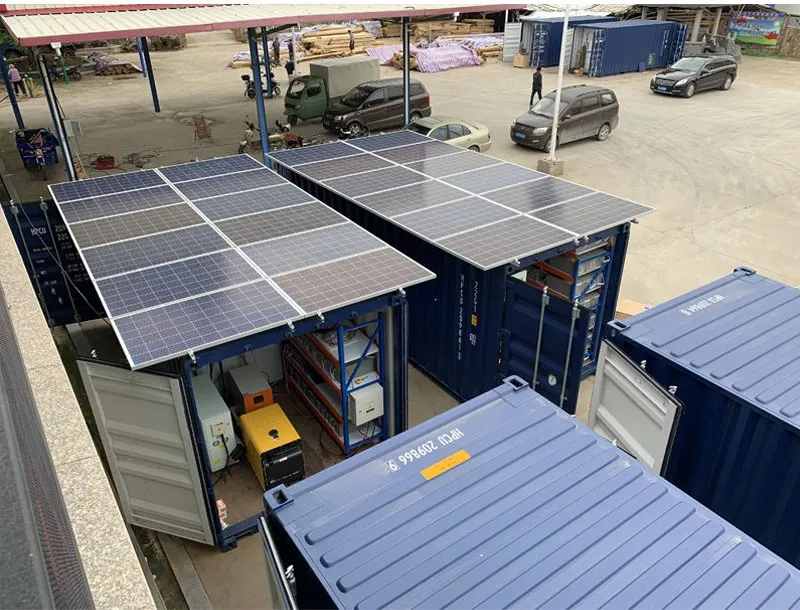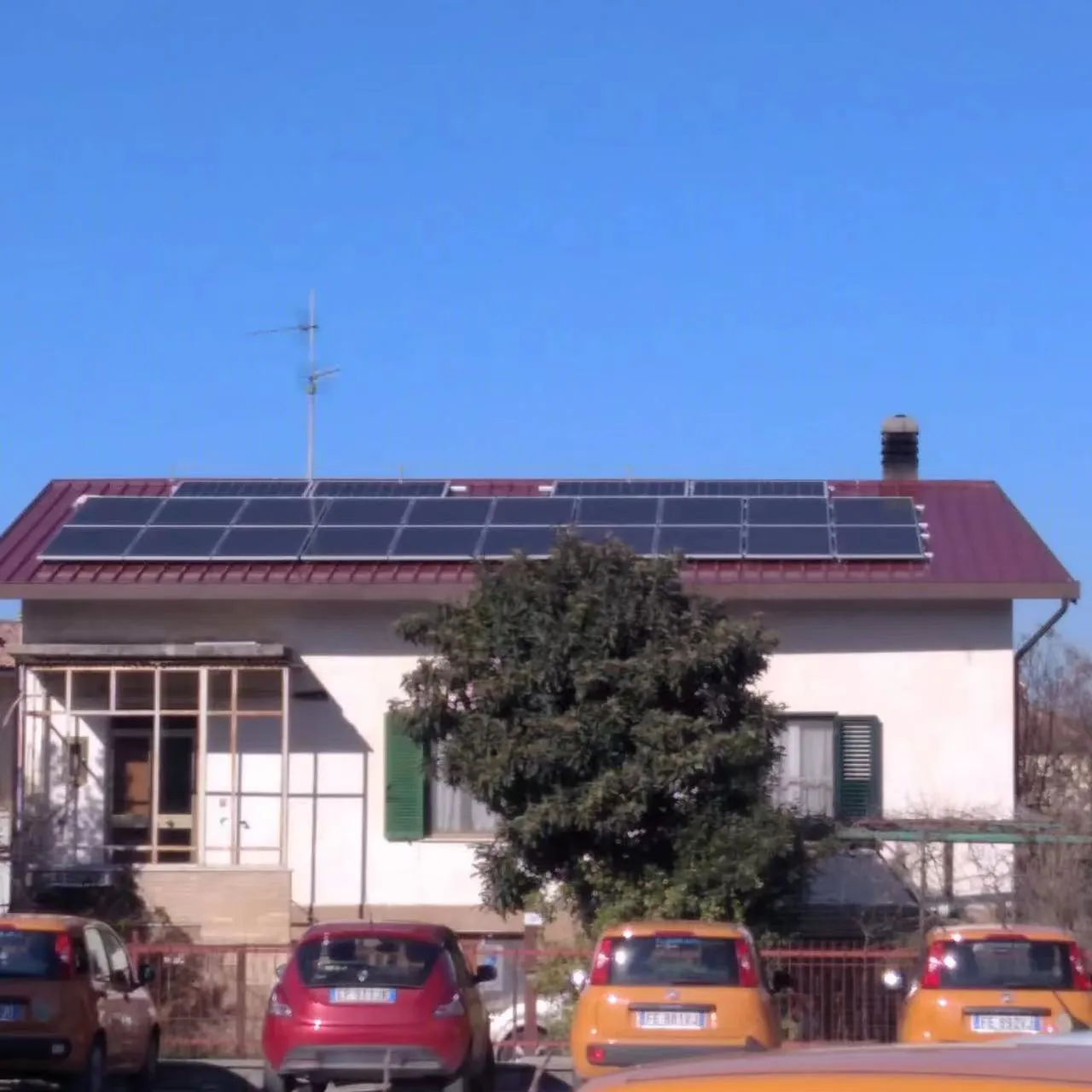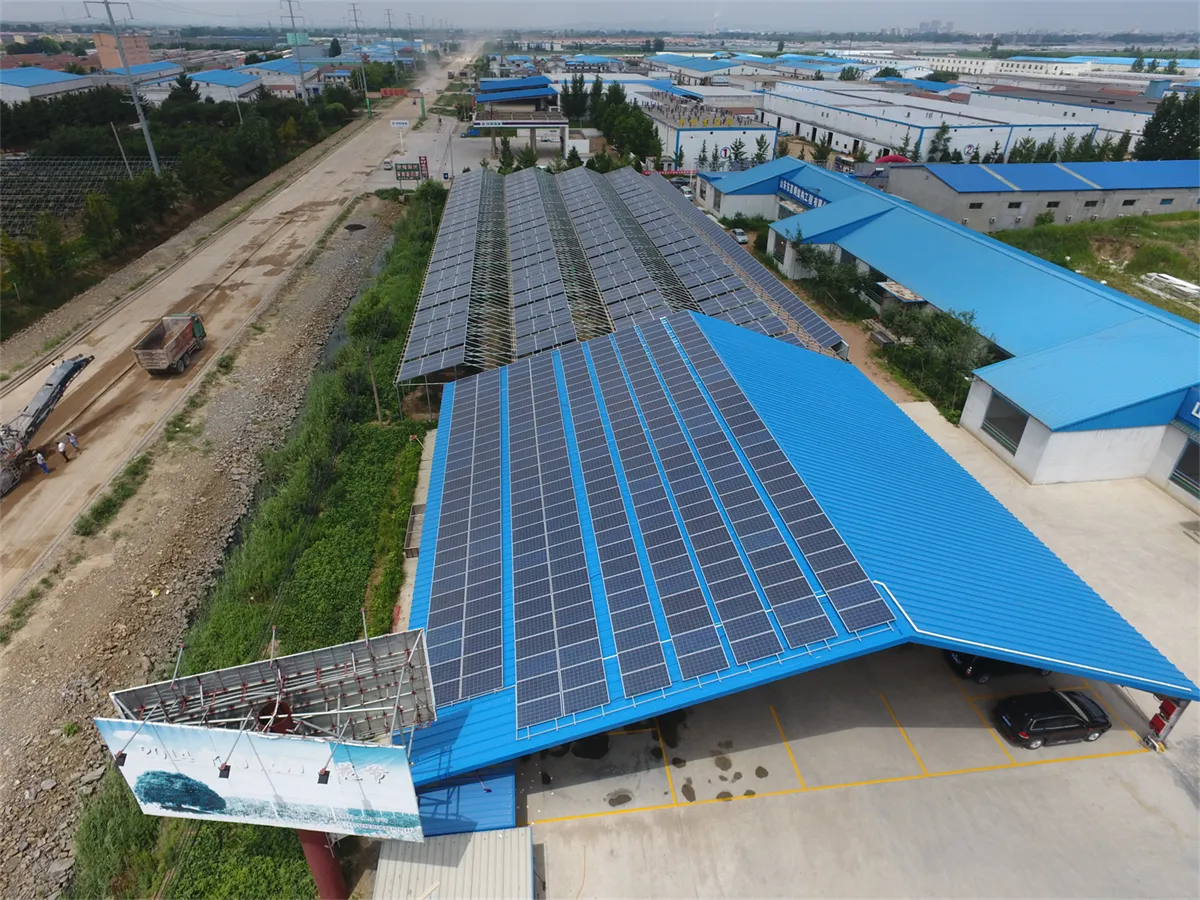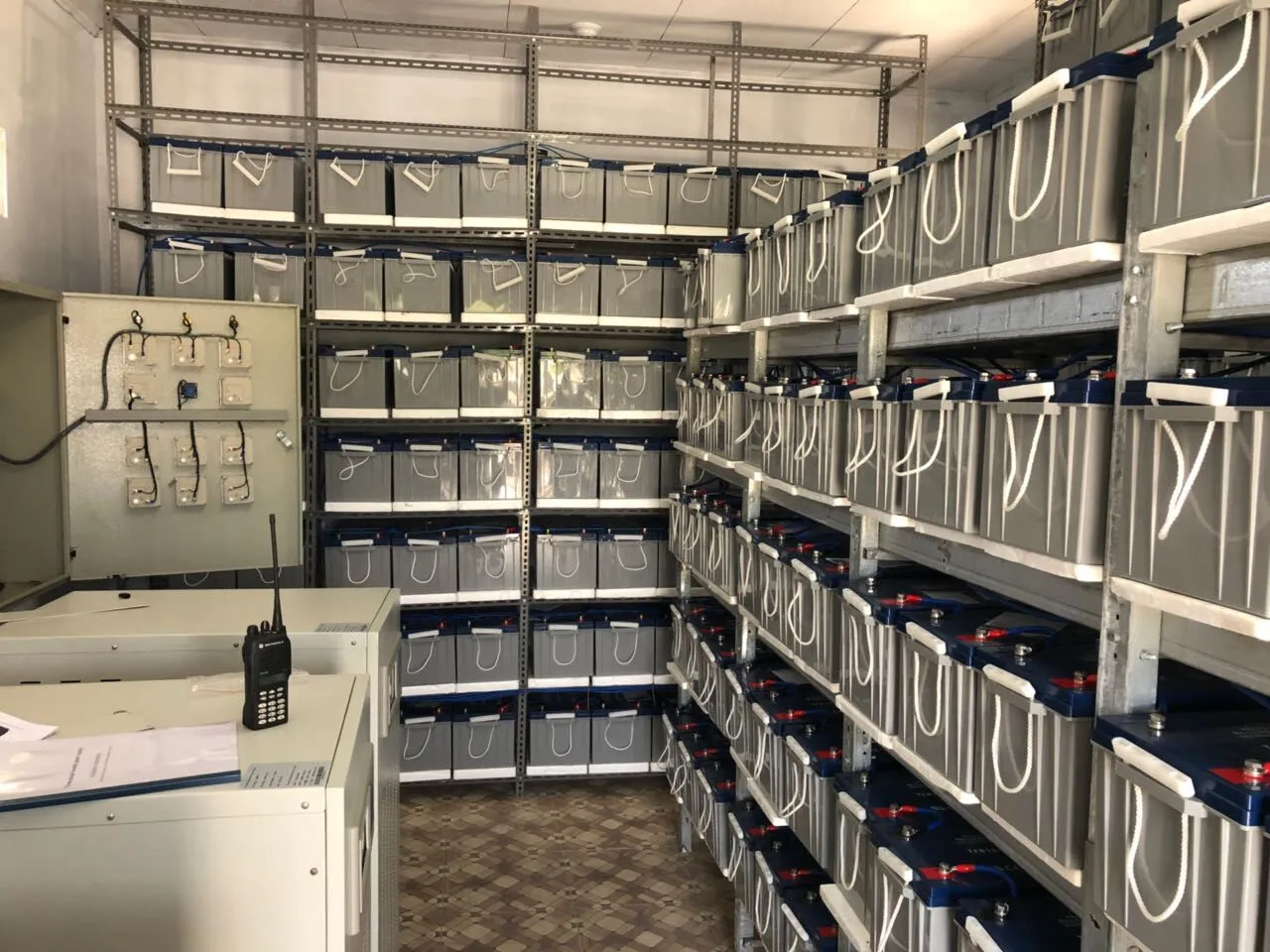
Hail Impact Test: 35mm Tempered Glass Solar Panel Record

Let's talk about something that doesn't get enough attention in renewable energy discussions: solar panel resilience. With extreme weather events becoming more common worldwide, hail damage isn't just some rare phenomenon anymore—it's a real threat to the long-term success of solar installations. Today, we're diving into breakthrough research on hail resistance, specifically looking at tempered glass panels enduring 35mm hailstones. This isn't just technical jargon; it's about keeping our renewable energy future economically viable.
Bottom line up front: Recent tests prove 35mm hail impact resistance is achievable with tempered glass panels , but there's a critical design sweet spot. Oversized panels failed catastrophically while optimized designs passed rigorous TÜV SÜD testing. This breakthrough matters because hail damage isn't just a repair cost—it's lost energy generation time.
Why Hail Resistance Matters More Than Ever
Picture this: a solar farm in Kansas that just endured baseball-sized hail. Thousands of panels shattered, millions of dollars in damage, and months of downtime. That scenario is playing out more frequently as climate patterns shift. Industry data shows hail-related insurance claims for solar installations jumped 52% since 2018 alone, making durability non-negotiable.
Unlike gradual degradation from UV exposure, hail damage creates immediate electrical failure. When micro-cracks propagate through solar cells (as recent engineering failure analyses proved), power output can tank by up to 30% instantly. That's why premium tempered glass acts as the first defense layer—distributing impact energy before it reaches the fragile silicon underneath.

The Physics of Failure: When Bigger Isn't Better
Here's where the story gets interesting. That 35mm hail benchmark? It doesn't play nice with oversized panels. Rigorous comparative testing revealed that while panels using 182mm wafers (≈2.56m² surface) survived impacts, larger 2384×1303mm designs suffered 100% failure rates . Why?
Glass manufacturing has physical limits during tempering. Larger panels develop uneven surface stresses during cooling, creating weaknesses. Think of it like stretching plastic wrap—the wider you go, the thinner and more fragile it becomes at the edges. Lab results clearly show that larger panels fracture predictably near borders, where structural stress concentrates:
Lab findings you can't ignore: All three 3.11m² test modules failed at impact velocities of 27m/s (≈60mph). Oversized panels showed 13% weaker edge strength due to manufacturing constraints—proving that you can't simply scale up panel dimensions without fundamentally rethinking glass physics.

Testing Innovations: Beyond Standard Procedures
Old-school hail testing used crude methods. Modern approaches? They're revolutionizing how we validate resilience. Innovative labs now deploy high-speed cameras capturing impacts at 10,000fps alongside synchronized stress gauges—providing unprecedented data on fracture mechanics.
In one breakthrough study, researchers created hail proxies using ice sphere launchers calibrated to IEC 61215 standards while simultaneously monitoring electrical outputs—a huge upgrade from just visual inspections. They found that micro-damage undetectable to the naked eye could cause up to 59% power degradation long-term when combined with thermal cycling stress.

Design Lessons from Record-Holding Panels
The winning design formula? Multi-dimensional optimization:
Size matters more than you think : The 2256×1133mm panels (≈2.56m²) consistently resisted damage thanks to optimal stress distribution during glass tempering. This validates choosing standardized wafer dimensions over custom oversized formats when hail risk exists.
Edge reinforcement is non-negotiable : Finite element analysis shows 80% of fractures initiate within 15cm of edges. Top-performing designs now integrate reinforced framing with silicone-encapsulated borders that add flexibility during impact—acting like crumple zones in cars.
Pro tip: Always check module certifications for specific hail ratings, not just generic durability claims . TÜV SÜD’s 35mm certification requires ice balls fired at 27.2 m/s—a stringent proof point that beats most regional weather extremes.
Future Frontiers: Next-Gen Resilience Tactics
Emerging research points to exciting possibilities:
• Composites entering the scene: Hybrid glass-polymer laminates showed impact absorption improvements of 20% in preliminary trials. One experimental panel even self-healed minor cracks using embedded microcapsules—though commercialization remains years away.
• Predictive modeling advancements: Lithuanian researchers developed AI-powered simulation tools that optimize panel geometry by analyzing stress paths from 10,000 virtual impacts. This helps designers sidestep dangerous configurations before physical prototyping begins.
• Maintenance innovations: Drone-based thermography now detects hairline fractures invisible to humans, while robotic coating applicators can seal vulnerable edges proactively.
Critically, this technology isn't optional luxury—it's becoming essential building material protection in solar projects. If we don't pair deployment speed with reliability, the entire industry pays for premature failures.
Practical Implications for Solar Projects
What does this mean on the ground?
• Finance teams: Calculate lifetime value using regional hail risk mapping. A 25-year Texas project may need stronger panels than a UK installation, adding ~$0.02/Watt but preventing catastrophic losses.
• Design engineers: Insist on viewing full third-party test reports, not just summary certifications. Pay attention to how impact points correspond to electrical degradation maps.
• Maintenance crews: Implement quarterly drone inspections in hail-prone zones. Thermal anomalies at impact sites often reveal developing cracks long before visual signs appear.
The bottom line? Hail doesn't respect solar investment timelines. By adopting validated tempered glass solutions that match environmental risks, developers gain resilient power generation assets rather than brittle liabilities. The 35mm barrier isn't just a technical footnote—it's proof renewable energy can withstand whatever nature throws at it.
Tags:
Recommend Products











